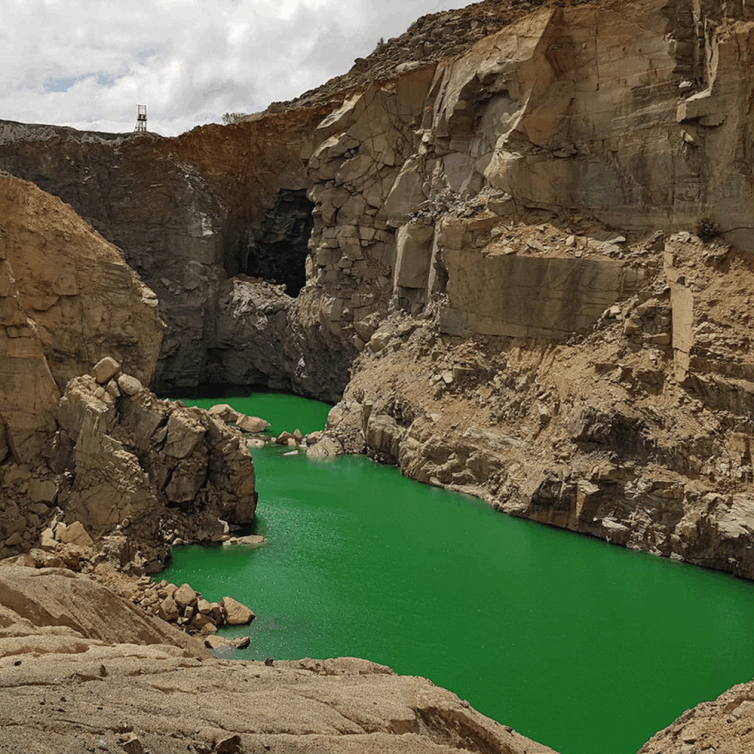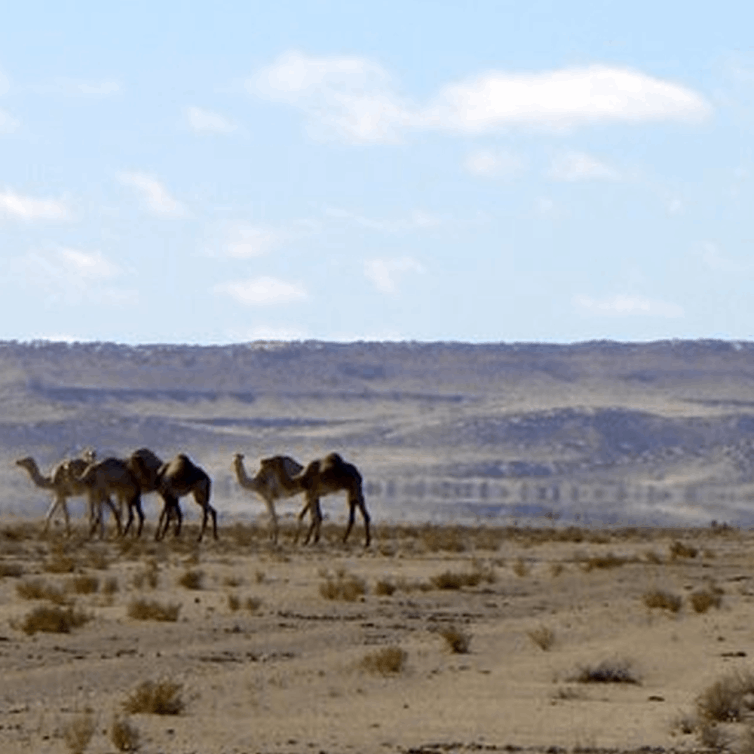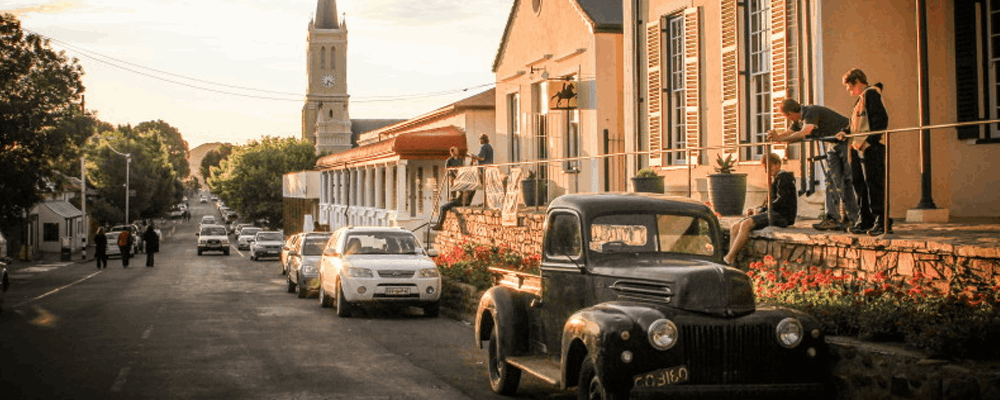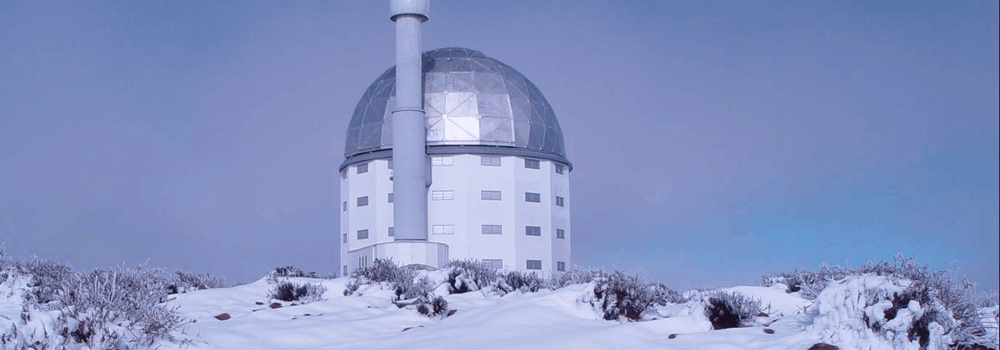Make a stop at the home of the famous ‘Brulsand’ or Roaring Sands of the Kalahari, these dunes emit a strange roaring sound when disturbed and this roaring only occurs in the hot dry months between September and April, as any rainfall mutes the dunes for a number of days. Animals in the Witsand Reserve include springbok, gemsbok, steenbok, duiker, red hartebeest, ground squirrels, meerkat, porcupine, aardwolf, aardvark, pangolin, bat-eared fox, cape fox, genet, and spring hare. Witsand offers an interesting combination of arid region and bushveld birds, such as sociable weavers, secretary bird, crimson-breasted boubou or shrike, kori bustard, lilac-breasted roller and more. Wildlife and nature lovers will definitely enjoy this spot.



